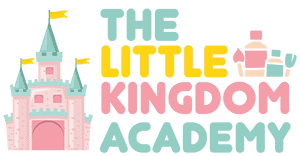Early development is fundamental to the growth of your child
At LKA we realize that your little one is the center of the world, and we treat him with the same importance. For that reason, our kid’s center has been designed for maximum safety, efficiency, and security.
Each detail has been meticulously planned to ensure that your child experiences the same comforts of home while spending the day with us. Everything from the selection of kids’ equipment, toys, curriculum and activities to the screening and training of our child caregivers, has been carefully orchestrated to ensure that your child has everything.
Parents can leave their baby with us and feel self-assured and confident that he is being cared for in the most loving way.
At LKA your little one will have a day filled with learning, playing, and socializing to help him grow in every way possible.
The following is an example of age-appropriate social, emotional, physical, and intellectual skills, your child will learn in our Royal Care:
Social: Expressing emotions, Communication, Listening, Group work, Caring, Non-verbal skills.
Emotional: Regulating emotions, sharing with others, and following instructions. These skills lay the foundation for developing literacy (the ability to read and write), numeracy and other cognitive abilities that are critical for success in school and life.
Physical: As preschoolers’ bodies develop over time, the areas in their brains that control movement continue to mature, thus enabling them to perform gross-motor skills such as running, jumping, throwing, climbing, kicking, skipping, and fine-motor skills such as stringing beads, drawing, and cutting with scissors.
Intellectual: Cognitive development skills learned during preschool; Questioning. This is when a child asks ‘why? Spatial relationships. Exploring the spatial and physical aspects of their environment. Problem-solving. Imitation. Memory. Number sense. Classification. Symbolic play.
A TYPICAL DAY IN THE LKA CENTER
INCLUDES THE FOLLOWING ACTIVITIES
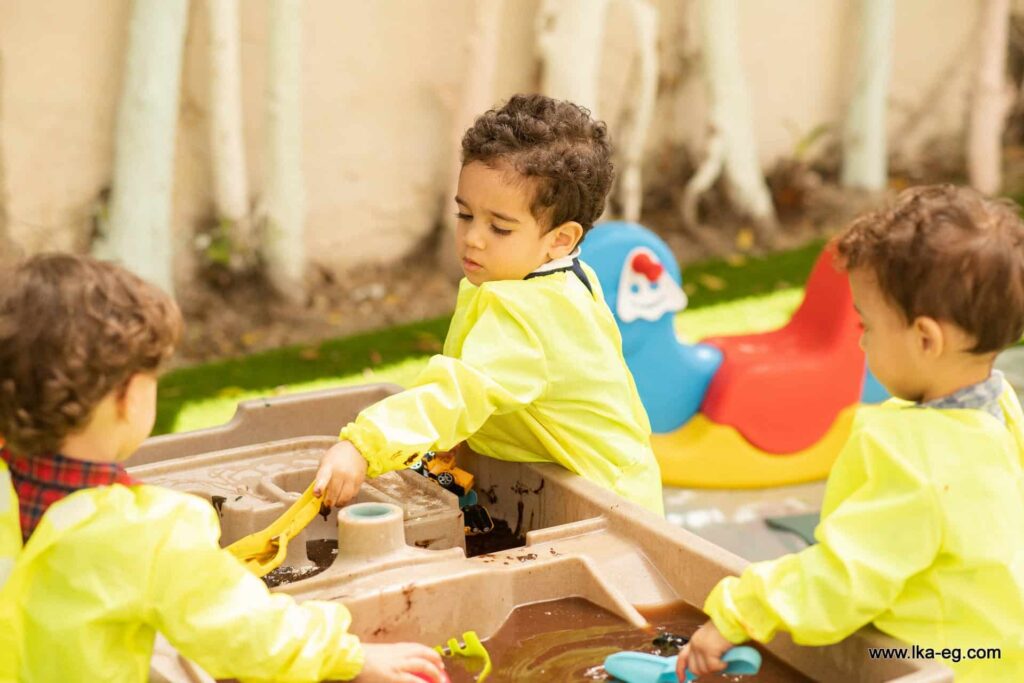
Fine Motor Development
Fine motor skill is the coordination of small muscles in movement with the eyes, hands, and fingers. The complex levels of manual dexterity that humans exhibit can be related to the nervous system. Fine motor skills aid in the growth of intelligence and develop continuously throughout the stages of human development.
Reaching and use of pincer skills.The pincer grasp is the ability to hold something between the thumb and first finger. This skill usually develops in babies around 9 to 10 months old. The pincer grasp is an important fine-motor milestone.
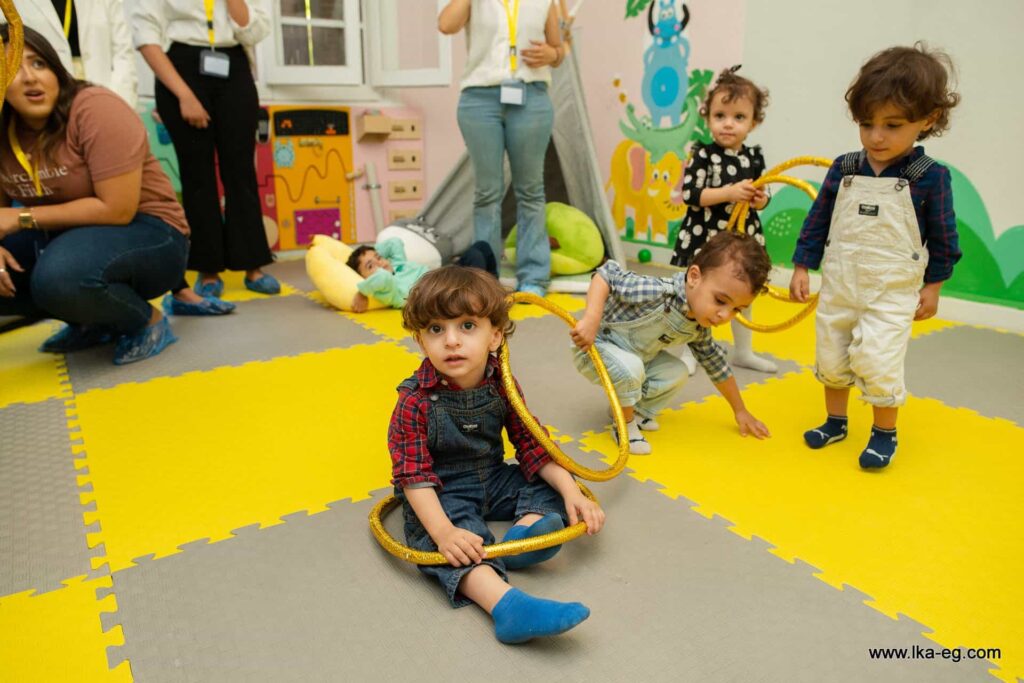
Gross Motor Development
Gross motor skills are the abilities usually acquired during childhood as part of a child’s motor learning. By the time they reach two years of age, almost all children are able to stand up, walk and run, walk upstairs, etc.
Crawling, cruising, pushing, pulling, and reaching.
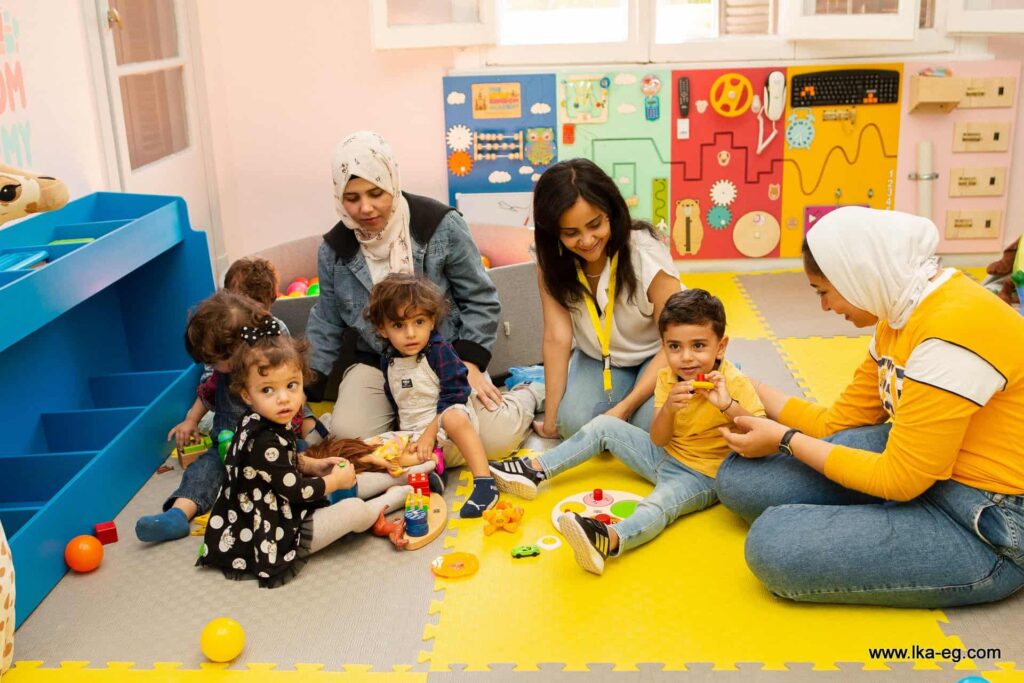
Language Development
Kids listen to adults, make eye contact, and are encouraged to make new noises and sounds.
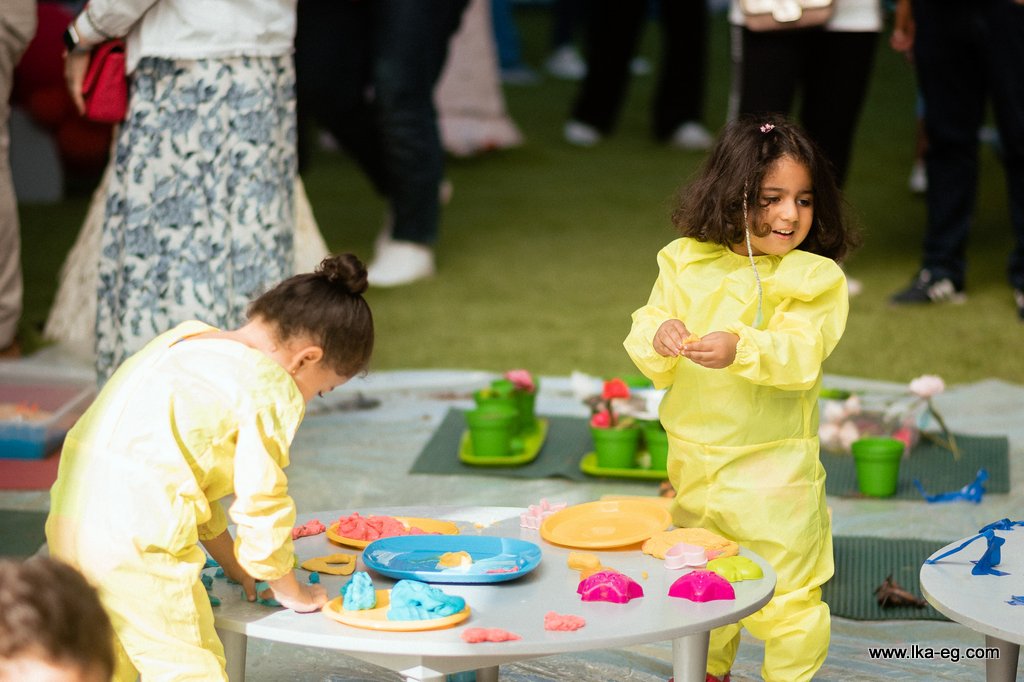
Arts / Crafts
Hands-on child produced art projects.

Music
Reaching and use of pincer skills.

Sensory Activities
Kids listen to adults, make eye contact, and are encouraged to make new noises and sounds.

Outdoor Time
Kids are exposed to numerous textures and tactile experiences.

Tummy Time
Kids will lay on their bellies and strengthen muscles in the neck and arms.
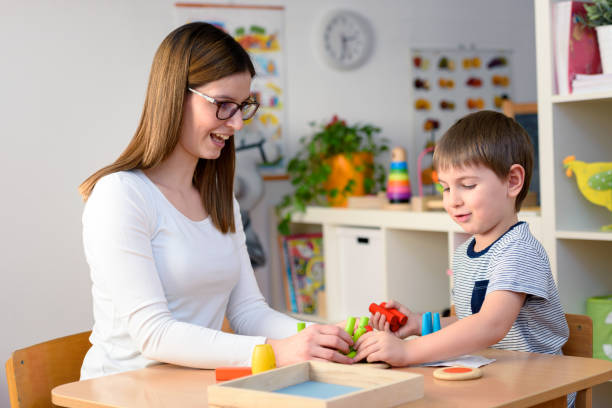
Individual Schedules
Feeding, napping, and changing (we follow your child’s schedule).
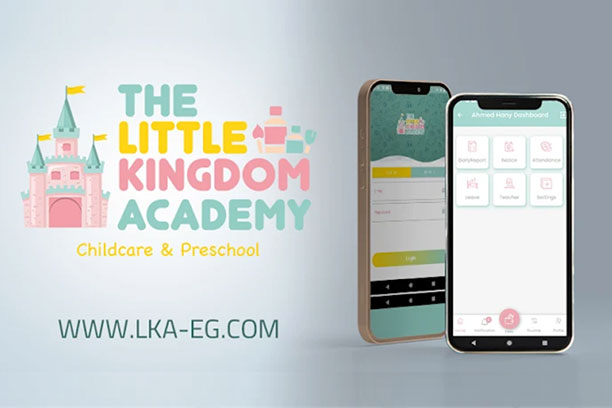
LKA Mobile App:
Daily Mobile App Reports Daily reports are sent to parents through our Smart Phone Mobile App. The reports reflect everything that goes on during your kid’s day at LKA Academy.
Newborn to 6 Year Child Growth Development: Indicators and Signs of Caution
Standards Organization (WHO: World Health Organization and CDC: Centers for Disease Control and Prevention) recommends that child can be categories as follows: Baby; up to (2) Years, Newborn: up to (2) Months, Infant: (2) Months up to (1) Year, Toddler: (1) Year to (3) Years, and Preschooler: (> 3) Years up to KG or School Age.
LKA followed the classifications:
- Newborn: up to 6 Months
- Infant: 6 M to 1.5 Years
- Toddler: 1.5 Y to 2.5 Years
- Preschoolers: 2.5 Y to KG or School Age
As the child grows, he learns new skills in different developmental areas such as communication and language, movement, cognition, problem solving, social interaction, self-care, and independence… which are part of what you should monitor as the child grows.
Because each child has a special speed of growth, the child may reach these skills a little earlier or later than other children of the same age. Use these milestones as your guide and consult your baby’s doctor if you have any doubts.
By the end of the third month, the baby can:
- Lifts his head and chest when placed on his stomach (Tummy)
- Hand grips toys
- Extends his legs or kicks when placed on his back.
- Begins to follow moving objects in front of him and to look in the direction of familiar sounds
- Responds to familiar people by smiling and babbling
- Controls the process of sucking and swallowing
Warning signs:
- Not responding to loud sounds.
- Not responding to familiar faces with smiles and babbles.
- Difficulty controlling the head.
- Not following up on favorite games.
Tips and Advice:
- Speak kindly to your baby when you feed, change, and hold your baby, he may not understand what you are saying but he will recognize your voice and feel comfortable.
- Lay your child on stomach, head to one side, on a blanket or towel on a carpeted floor. Lie near to cheer your baby up/awake. And until your baby has strength, aiming face left and right at equal intervals. Make your “tummy time” a little longer each day. And watch your baby closely in case your baby lays the face on the floor, which may obstruct breathing. When your baby has the strength, your baby will be able to lift the head and push with the arms so that your baby can move and crawl.
- Gently shake a rattle or other noisy baby play. Put it in your child’s hand, and see if she takes it, even for a moment.
By the end of the sixth month, the baby can:
- Begins to roll in both directions (from his back to his stomach and back)
- Begins to sit leaning for several seconds.
- He transfers objects from hand to hand and plays with both hands.
- Begins to swallow milled foods.
- Starts shaking toys that make a sound.
- Makes sounds when interacting with people or when playing alone.
- He can identify his parents.
Warning signs:
- Finding difficulty in volatility in both directions.
- Inability to hold toys or shake them to make sounds.
- Failure to recognize the parents, especially the mother.
- Not making interactive sounds.
- Note muscle spasm or looseness, which hinders movement.
Tips and Advice:
- When you are sitting on the floor, put your baby in a sitting position on the inside of your legs. Use only your legs and chest to give him the support he needs, this will enable you to play with your baby while encouraging him to sit independently.
- Play Peekaboo with your hands, a piece of cloth or a diaper. Put the cloth over your face first, then have your child hide. If your child can’t, pull the cloth out and encourage your baby to play and take turns.
- Fill an empty tissue box with paper strips, and your child will love taking it out of the box. (Don’t use colored magazines or newsprint, they are toxic. Never use wrapping paper or plastic bags.)
By the end of the first year (12 months), a child can:
- He controls the sitting position by himself.
- Stands with help and moves around with the help of furniture in the house.
- Holds small toys using the fingers alone.
- The ability to catch the ball with both hands.
- The ability to chew and swallow soft foods.
- Begins to eat using his fingers.
- Imitates familiar movements and simple sounds.
- Realizes the presence of objects even after they are hidden.
- Says simple one-syllable words (such as (Dada, Mama, Bye….)
- Responds to simple instructions such as (Give me the ball.)
- Extend hands when meeting a familiar person.
Warning signs:
- Inability to stand with assistance.
- Finding difficulty in grasping small toys with the fingers.
- Difficulty chewing and swallowing soft foods.
- Not issuing simple words consisting of one syllable in order to communicate.
- Not imitating familiar movements and sounds.
- Not interacting or communicating with familiar people.
- Loss of one or more previously acquired skills.
Tips and Advice:
- Play a ball game and roll the ball to your child. Help your child or another partner roll the ball back to you. Your child may throw the ball, so it’s a good idea to use a beach ball or a rubber ball.
- Put the toys on the sofa or a solid table so your child can practice standing while playing with toys —- Play hide and seek. Have your baby see you hiding something under the blanket, diaper, or pillow. If your child covers the object, reveal a part of it, and help your child find the object.
- Mirrors are entertaining at this age. Let your baby touch and bump into the mirror, smile and try different shapes on his face.
At the age of one and a half (18 months), a child can:
- Walking alone without assistance or support.
- Climbing up and down household furniture without assistance.
- Scribble begins with color.
- Stacks two or more cubes.
- Begins to use the spoon and cup while eating.
- Helps to put on and take off clothes by extending the limbs appropriately and taking off socks and shoes by himself.
- Shows interest in his image in the mirror and plays with.
- Enjoys looking at picture books with help.
- Uses at least five words appropriately.
- Answer simple questions with yes or no.
Warning signs:
- Do not walk alone.
- Not knowing the functions of familiar household items such as (cup, spoon, telephone…).
- His vocabulary is less than five words.
- Inability to use and activate simple games.
- Not responding to his name and interacting with attempts to communicate.
- Loss of one or more previously acquired skills.
Tips and Advice:
- Arrange the furniture so that your child can move around the room by going through the gaps between the furniture, which will encourage your baby to balance while walking while adding some obstacles in his way. Shoes and a coat while getting dressed, as well as bringing pants or a diaper to change clothes. In this regard, following directions is an important skill for a child to learn
- Play a pretend game with an animal doll. Tell the child what the doll is doing (walk, go to sleep, eat, dance on the table) and see if the child will move the doll to do things that you require, with an exchange of roles.
- Give your child a vase with a lid or different sections filled with cubes or other small toys and allow him to open it and play with it, before starting the game of returning things, as this will help the child to know how to leave things with his desire for them.
By the end of the second year (24 months), the child can:
- Starts jogging
- Climbs stairs without assistance
- Scribble with pens horizontally, vertically, and circularly
- Uses spoon without assistance and chews food well
- Takes off loose clothes with assistance with buttons and zippers
- Recognizes at least 15 illustrated objects.
- Remembers the places of familiar things and brings them alone.
- Says a two-word sentence.
- Knows his own name and at least two familiars’ names
- Asks when facing a problem
- Sings familiar songs
Tips and Advice:
- Play the game “Show me” when looking at books, ask the child to find one of the objects in the picture, then take turns, and ask him to find one of the objects in the picture. Also, let him turn the pages.
- Offer the child some old clothes (hats, shirts, scarves, wallets, necklaces, glasses) to use for dressing, and make sure the child sees himself in the mirror and then ask him to tell you who is fully dressed.
- Hide a loudly ticking clock or a quietly working transistor radio or working song in your mobile in a room and ask the child to find it, then take turns by hiding it and trying to find it
- Make your own bowling game using plastic cups or containers of balls or empty plastic bottles as wooden bowling objects. Show the child how to roll the ball to hit the objects, then let him try on his own.
By the end of the third year (36 months), a child can:
- Draws up and down, side-to-side, and circular lines with crayon or pencil
- Turning the pages of the book one by one
- Climbs stairs with little or no help
- Climb the stairs from top to bottom and vice versa, alternating feet (one foot per ladder step)
- kick the ball
- Runs easily
- Bends easily without falling off
- Uses a spoon, pouring a little of it
- Shows an increased interest in using the toilet
- Understands the concept of ‘mine’ and ‘his/her’
- Publicly expresses affection
- Expresses a wide range of feelings
- Easily separated from parents
- Likes to play alone, but with other children
- Does not cooperate, or share well
- Able to choose between two things
- Enjoys pretending to play with different characters, dolls, or imaginative toys
- Executes two commands (fetch the book and put it on the table)
- Understands prepositions (‘on’, ‘under’, ‘in’, ‘outside’, ‘closed’) / at least 3 prepositions usually ‘in’, ‘on’, ‘under’
- Understands some descriptive words (big, small, wet, dirty, fast, slow)
- Understands some quantitative concepts (one-to-one)
- Understands several pronouns (he, his, yours, mine)
- Understands difference in meaning (“go-stop”, “big-small”, “up-down”)
- Listens to simple anecdotes
- Vocabulary increases only from 200 to 300 words; overpowered by verbs
- He has one word for almost everything
- Uses 2-3-4-word sentences to talk or ask about things (“drink juice”, “where’s the ball, daddy”)
- Uses the pronouns I, you, me correctly
- Speech is understood by 75% by the age of three
- Begins to understand the simple foundations of time so that his memory and intellectual abilities have developed significantly (“you can do it after you finish”)
- Begins by selecting colors
- Selects and searches picture books, names pictured objects, and identifies several objects within one picture
- His ability to focus is limited
Warning signs:
- He does not use a two-word framework sentence such as I drink milk
- Doesn’t know what to do with familiar objects such as a toothbrush, phone, or spoon
- Does not imitate sounds and movements
- Does not follow simple instructions
- Does not walk steadily
- Loses acquired skills
Tips and Advice:
- Read stories routinely to your child and as they become familiar stories you can play a fill in the blanks game.
- Involve your child by making some artwork, such as making a specific shape from a piece of potato, then applying it with paint and printing it on the paper.
- Stimulate imaginative play by making a grocery store out of cartons and empty boxes.
- Teach your child to classify by placing two boxes in front of him, one with a picture of a dog and another with a picture of food and cutting out two different sets of things such as animals and food from magazines.
- When talking to your child, use descriptive words related to size, color, and shape to enrich his language and give him new words.
- To improve coordination or synergy and balance, show your child how the bear walks by walking on hands and feet with arms and legs spread.
- Try the “bunny jump” by taking a squat position and then jumping forward
- Teach your child the parts of the body by defining his body on a large piece of paper. Talk about the drawing. Have your child color it and attach it to his room.
By the end of the fourth year, a child can:
- Climbs smoothly
- Runs easily
- He uses a three-wheeled bicycle
- Ascends and descends stairs with alternating legs
- Follows instructions from 2 to 3 steps
- Understands words such as (inside – on – under)
- Says his first name, age and nationality
- Uses words such as (I – we – you) and (my money – his money – her money) some plural words such as (cars – pens)
- He speaks well and is understood most of the time by strangers
- Install a puzzle of 3-4 pieces
- Opens and closes Jars or the door handle
- He plays a pretend game with puppets, animals, and people
- Imitates adults and his friends
- Copy a circle using a pen
- Builds a tower of more than 6 cubes
- He puts on and undresses himself
Warning signs:
- Falls a lot or has difficulty with stairs
- Asking saliva or slurred speech
- Can’t play simple games like simple puzzle
- Does not speak using sentences
- Does not understand simple instructions
- Does not play pretend play
- Does not want to play with peers or with friends
- Does not make eye contact
- Loses acquired skills
Tips and Advice:
- Make a book with family photos, pictures of the child’s favorite foods and favorite activities, and talk about them with your child.
- Teach your child less and more while eating, such as saying who has more carrots
- To teach your child to use the clouds can be pretended that the clouds are a train that walks on the railways, and to button the buttons, he can use the game peek-a-boo
- Teach your child to follow the instructions by playing a simple and funny game by asking the child to do two or three funny things.
- For visual motor coordination skills, make a necklace of edible beads like colored breakfast rings
- Train your child on the skill of listening by sitting in a corner and identifying the surrounding sounds
- To strengthen memory, play with your child a game of matching pictures, he has to open a card and search for the card that is similar to it. It is necessary not to change the positions of the cards.
By the end of the fifth year, a child can:
- Enjoys pretend play
- It is better to play with other children than to play alone
- Responds with an appropriate response according to the situation (4.5 – 5 years)
- Distinguish rhyme
- Uses sentences of 5 or more words
- Uses possessive pronouns
- He sings children’s songs, such as a “itsy-bitsy spider, or listens to a story
- Tells stories
- Says his first and last name
- Answers questions related to when or do you have breakfast (4.5 – 5 years)
- Tells familiar stories without using pictures (4.5 – 5 years old)
- Distinguish between the first, the last, and the middle
- Names at least 20 characters
- Names some colors and numbers
- Understands the idea of counting
- Draw a person from 2-4 parts (4 years) from 4-6 parts (4.5-5 years)
- Matches the number to the count (4.5 – 5 years)
- Reads some words (4.5 – 5 years old)
- Writes his name without help (4.5 – 5 years)
- Uses scissors
- Begins by copying some capital letters
- Wearing the shoes correctly (right foot and left foot)
- Combing his hair (4.5 – 5 years)
- He cleans his teeth without help (4.5 – 5 years)
- Uses the bathroom and performs all functions alone (4.5 – 5 years)
- He jumps on one leg and balances on one leg for two seconds
- He catches a ball that jumps at him in most attempts
- Somersaults
- Bouncing and catching a ball the size of a hand (4.5 – 5 years)
- Jumps to the side with both feet (4.5 – 5 years)
- Color within the space (4.5 – 5 years)
Warning signs:
- Can’t jump in place
- Has difficulty writing scribbles
- Does not show interest in communicative games
- Ignores other children or does not seem to respond to unfamiliar people
- Resists wearing and undressing, using the bathroom and sleeping
- He can’t repeat telling his favorite story to him
- Does not follow 3-step commands
- Does not understand “same” and “different”
- Does not use “me” and “you” correctly
- Does not speak clearly
- Loses acquired skills
Tips and Advice:
- To encourage your child to have a conversation and use questions, play with him a game of who what and where like who works at school, what is in school, where is the school.
- To enhance classification skills and distinguish sizes, cut circles of different sizes from the cardboard, large, medium, and small, and ask your child to classify them according to size or ask him where the big ball is.
- Play a guessing game with your child. Cover a picture with a piece of cloth and gradually pull the cloth over it until he or she guesses what it is
- To learn the full name and address, thousand songs and sing them with your child in the car
By the end of the sixth year, a child can:
- Likes to sing, dance and act
- knows his gender
- Appears more independent (e.g.: to visit the next door alone) and works alone for twenty minutes in household chores
- Tells a short story using complete sentences
- Uses sentences in the past and future tense
- He knows his name and home address
- Count 10-20 something
- Draw a person with at least six parts
- Draws 5 or more familiar objects
- Writes some letters and numbers
- Writes his name and surname by heart
- Copies a triangle and some geometric shapes
- He knows the things he uses on a daily basis, such as money and food
- He knows at least 3 functions of the body parts
- He knows the day and month of his birth
- Reads 10 or more words
- Jumps on one leg (10 seconds or more)
- Swings and climbs
- Kicks the ball before it falls to the ground
- Bouncing the ball with one hand
- Specific copy
- Cut simple geometric shapes
- Distinguish between reality and fantasy
Warning signs:
- Does not express his feelings clearly
- Shows exaggerated behavior (fear, shame, or sadness)
- Usually distracted and inattentive
- He is easily distracted and cannot focus on the same thing for more than 5 minutes
- Does not respond to people or does not respond adequately
- He cannot differentiate between reality and imagination
- Does not play different games or engage in different activities
- Does not use the plural or the past tense correctly
- Does not talk about daily events and activities
- No drawings
- He cannot brush his teeth or put on and take off his clothes without help
- Loses acquired skills
Tips and Advice:
- Let your child help you with cooking or making a sandwich, then ask him about the steps and see if he says the steps in order
- To make learning to write the name, letters, and numbers more fun, bring a clean board. Put mashed potatoes on it, for example, let your child form a word and then eat it. Hand washing is essential.
- Choose a group of tools. Put one of them in a cloth bag. Have your child feel the bag and guess what’s inside. They can practice taking turns.
